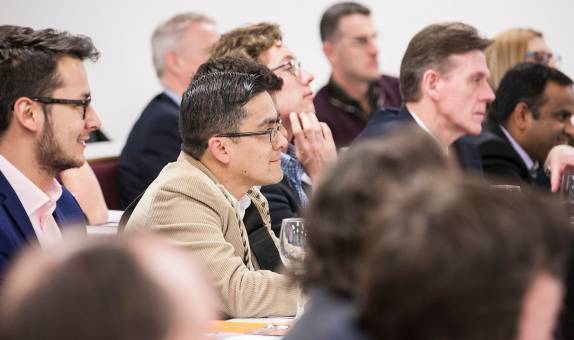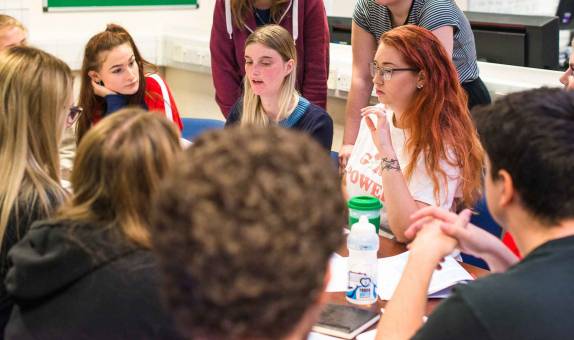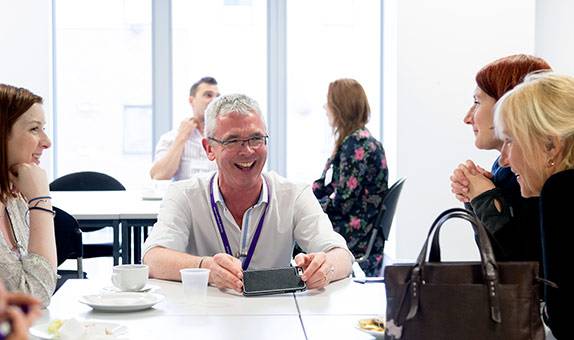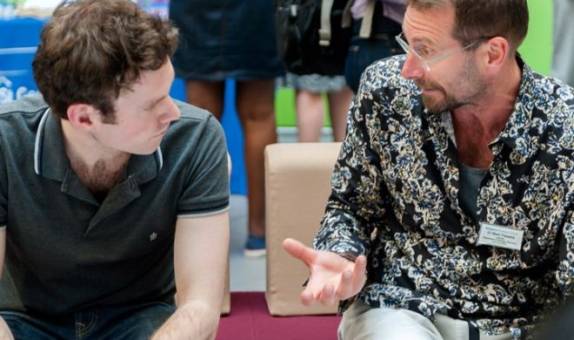We examined the changes in purchase intention in response to positive and negative WOM. To our surprise, we found that negative WOM generally has less impact than positive WOM. In contrast, a recent analysis suggests that negative WOM more often brings people to the certainty that they will not buy than positive WOM brings people to the certainty that they will buy, so this issue remains unclear. What is clear is that there is far less negative WOM than positive WOM so that the total effect of positive WOM on purchasing is considerably greater than the total effect of negative WOM.
This stream of WOM research focuses on understanding the impact of giving WOM on the sender, the neglected participant in the WOM communication dyad. Findings of our research suggests that articulating both positive and negative WOM influences the sender's own self-enhancement (self-related outcome) and their firm-related outcomes such as their commitment, loyalty and intentions to give future WOM about the firm. We challenge the implicit notion in the WOM literature that effect of WOM on the sender is restricted to either self-related outcomes or firm-related outcomes.
We provide empirical evidence that singular WOM episodes hold implications for both the firm and the self. Interestingly, our research suggests that the influence of tie strength between the WOM participants on the effectiveness of WOM given is a localised phenomenon, wherein the influence of tie strength on the effectiveness of WOM given is restricted only to the recipient's attitudes and behaviour and is not extended to the sender.
We investigate if an individual's inaccuracy in self-perceived knowledge can influence the nature of WOM. Specifically, whether an individual's state of overconfidence (i.e. when his/her subjective knowledge about a product or service is inflated) or under-confidence (i.e. when his/her subjective knowledge about a product or service is deflated) drives implicit or explicit WOM. The project aims to contribute to the extant WOM literature by understanding the psychological drivers of implicit and explicit WOM. This is important because the literature has primarily focused on understanding the drivers of WOM but has not investigated whether the drivers of implicit and explicit WOM are distinct. Although the antecedents of knowledge mis-calibration have been researched the consequences have had less attention.
Advertising may work with recommendation and purchase opportunities to create purchase and it is difficult to extract the contribution of each. When we ask respondents about the primary factor behind purchase, recommendation is given twice as often as advertising in surveys across a range of categories. In recent work we have looked more carefully at services compared with durables. We find that people claim that their service purchases are more often dependent on recommendation than durable purchases, perhaps because the latter are advertised more.
We also find that nearly half of all durable recommendations are stimulated by advertising whereas less than 10% of service recommendation is so based. This indicates that durable advertising has a strong indirect effect through recommendation. Interestingly, it is not customary to test ads for their carryover into WOM and our evidence suggests that this should be done.
In other work we have examined how recommendation affects the spending of older consumers. This group is notoriously conservative, often repurchasing the same brand or showing a reluctance to engage in replacement purchases at all. We found that one factor here was the volume of recommendations received by old people. Without workmates and with children no longer at home, the over-65s receive much less advice than younger consumers and this lack of advice is associated with longer replacement intervals.
Advertising to older age groups could be adapted to take account of this lack of recommendations, perhaps taking the form of advice from older peers or encouraging those with influence on older consumers (such as their children) to exert that influence.
Understanding the impact of articulating WOM on the sender is still in embryonic stage. This ongoing project looks at the effect of referral failure and success on the sender's firm-and self-related outcomes under both positive and negative WOM conditions.


















